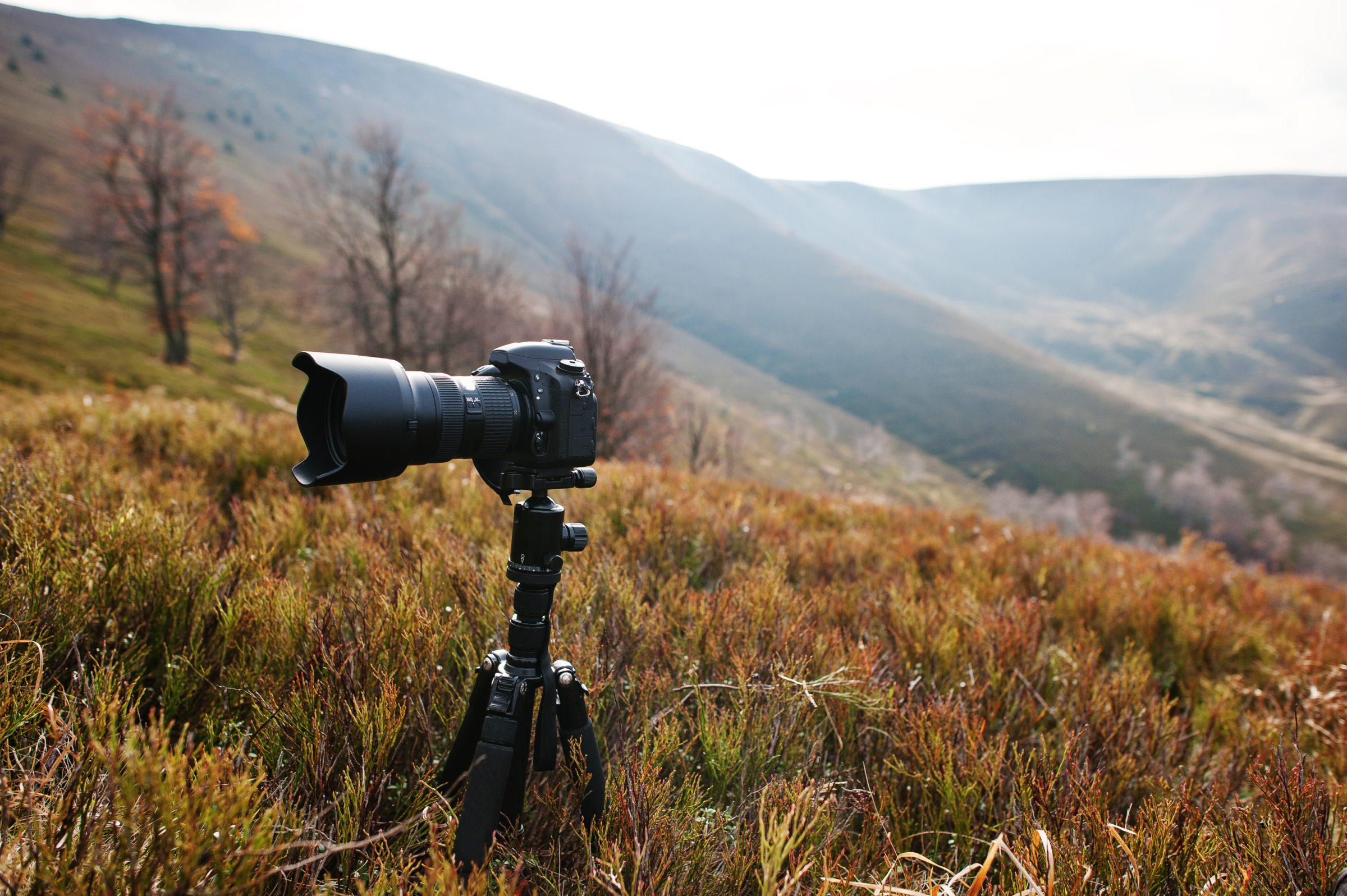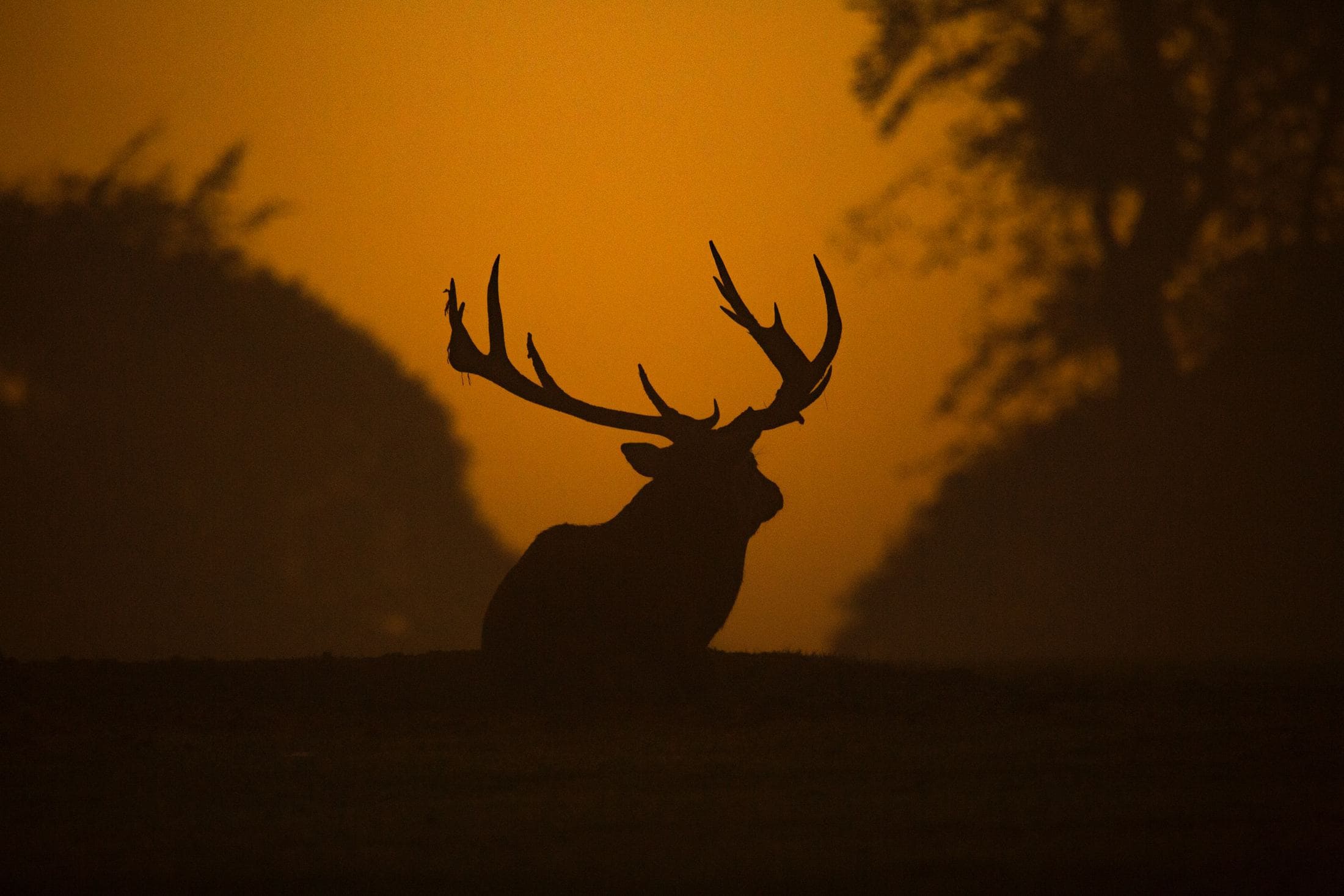There’s no photography genre more gratifying than wildlife photography. It’s not a mere snapshot. It’s traveling to your subject’s habitat, scouting, and hunting while immersing yourself in the wilderness, waiting for the right moment to catch the drama and beauty of your favorite animal in its natural surroundings. And returning home with great stories and prize-winning shots. Here are 3 tips to help you turn that scenario into reality.
Choose the Right Camera and Lens
Maybe you’re off shooting the big 5 in the Serengeti. Maybe you got your eyes set on that squirrel or that bush full of creepy crawlers in your backyard. Whatever the case, you’ll need the right gear. In principle, any DSLR or mirrorless camera body will do. Ideally, it should boast decent low-light capabilities. Why? Because wildlife often moves fast, at dusk or dawn, or in shaded places like bushes and forests.
The most important piece of kit you’ll need is the right lens for the job. Unless you’re shooting in a zoo, most animals won’t let you come much closer than 30 feet. Some animals, YOU wouldn’t want to come much closer than 30 feet. The bottom line, you’re gonna need a bigger lens. A 400mm lens would be a comfortable minimum focal length. Anything above that would be better. Also consider speed (aperture, which you’ll need to freeze the animal’s motion), weight (you’ll be schlepping that heavy lens all day), and zoom capabilities.
If you’re shooting insects and creepy crawlers, then you’re in luck. A much cheaper 100mm f2.8 macro lens will do just fine. But in general, wildlife photography isn’t a cheap endeavor. Especially if you’re planning to sell your shots as stock photos, you’ll have to invest in high-performing gear to compete in that market.

Cherish the Moment
Almost at the same level of importance as the lens is the moment. And by ‘moment’ I mean several things.
First off, light and time of day. Shooting around sunrise or sunset is when you’ll have the best light and when the animals are at their most active. Most prize winners are shot at these hours.
Second, you have zero control over animals. Sometimes you’ll come home after a full day without a single shot. Plan several days to shoot your subject to increase your chances of catching that ‘moment’. A wildlife photographer’s secret weapon is time and patience.
My third point is closely related. Cherish the moment. You’re out in nature looking for the rare beauty. Even if you come home with one fuzzy picture of a bear’s butt, it’s still a great day out. Enjoy it for what it is.

Black and White vs. Color
The third and last tip is to not shoot color by default. Make it a conscious decision. If your subject is defined by its colors or color is an important part of your photo’s narrative, then choose a color. If contrast, shapes, or character is at the center of your photo’s narrative, then monochrome might be the way to go. I also found that black and white can sometimes save a picture if it has muddy colors or heavy grain due to high ISO. Play around with it and see for yourself.
There you go. 3 tips that I found helped me improve my wildlife photography. I hope they’ll do the same for you. Good luck and, most of all, always cherish the moment. That’s what photography is all about!

